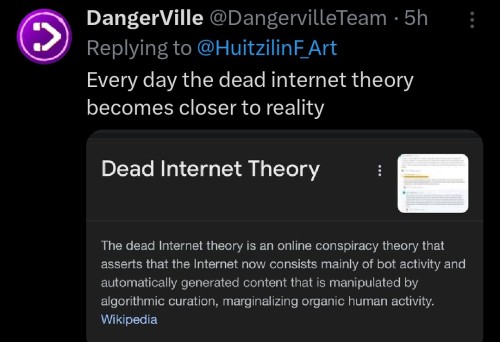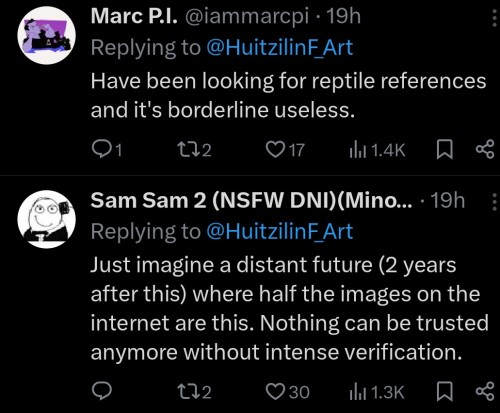08/29/2024




08/29/2024
More Posts from Bdbeady and Others
Incels accuse women of being shallow and then refuse to date anywhere close to within their league. Like no, of course the millionaire supermodel does not want you. You might have had a chance with the sweet girl who works as a cashier at the 7/11 if you didn’t call her a ‘butterface’ and a ‘roastie’ but your personality is so repulsive that you ruined that as well.







Jackie Ormes, the first Black American woman cartoonist
When the 14-year-old Black American boy Emmett Till was lynched in 1955, one cartoonist responded in a single-panel comic. It showed one Black girl telling another: “I don’t want to seem touchy on the subject… but that new little white tea-kettle just whistled at me!”
It may not seem radical today, but penning such a political cartoon was a bold and brave statement for its time — especially for the artist who was behind it. This cartoon was drawn by Jackie Ormes, the first syndicated Black American woman cartoonist to be published in a newspaper. Ormes, who grew up in Pittsburgh, got her first break as cartoonist as a teenager. She started working for the Pittsburgh Courier as a sports reporter, then editor, then cartoonist who penned her first comic, Torchy Brown in Dixie to Harlem, in 1937. It followed a Mississippi teen who becomes a famous singer at the famed Harlem jazz club, The Cotton Club.
In 1942, Ormes moved to Chicago, where she drew her most popular cartoon, Patty-Jo ‘n’ Ginger, which followed two sisters who made sharp political commentary on Black American life.
In 1947, Ormes created the Patty-Jo doll, the first Black doll that wasn’t a mammy doll or a Topsy-Turvy doll. In production for a decade, it was a role model for young black girls. "The doll was a fashionable, beautiful character,“ says Daniel Schulman, who curated one of the dolls into a recent Chicago exhibition. "It had an extraordinary presence and power — they’re collected today and have important place in American doll-making in the U.S.”


In 1950, Ormes drew her final strip, Torchy in Heartbeats, which followed an independent, stylish black woman on the quest for love — who commented on racism in the South. “Torchy was adventurous, we never saw that with an Black American female figure,” says Beauchamp-Byrd. “And remember, this is the 1950s." Ormes was the first to portray black women as intellectual and socially-aware in a time when they were depicted in a derogatory way.
One common mistake that erased Ormes from history is mis-crediting Barbara Brandon-Croft as the first nationally syndicated Black American female cartoonist. "I’m just the first mainstream cartoonist, I’m not the first at all,” says Brandon-Croft, who published her cartoons in the Detroit Free Press in the 1990s. “So much of Black history has been ignored, it’s a reminder that Black history shouldn’t just be celebrated in February.”
Source
-
 noco3n-com liked this · 8 months ago
noco3n-com liked this · 8 months ago -
 bdbeady reblogged this · 8 months ago
bdbeady reblogged this · 8 months ago























